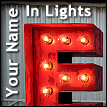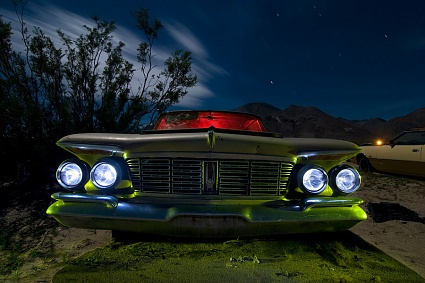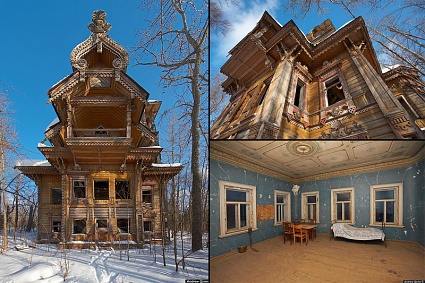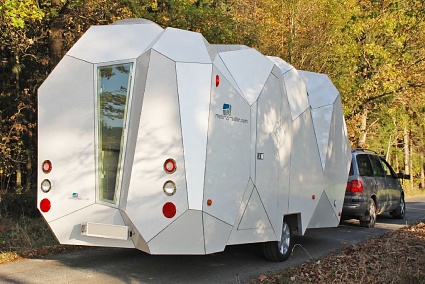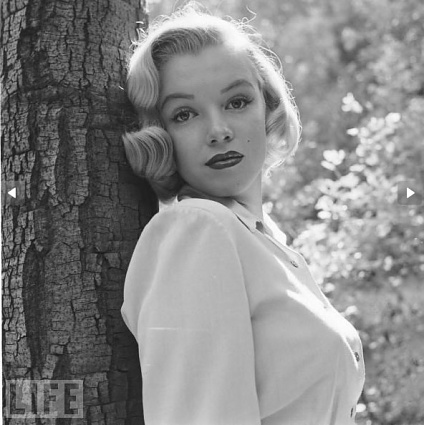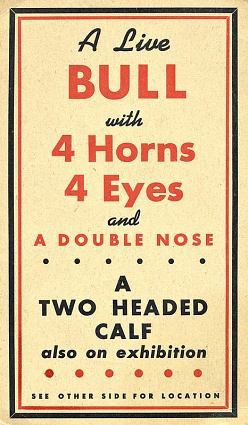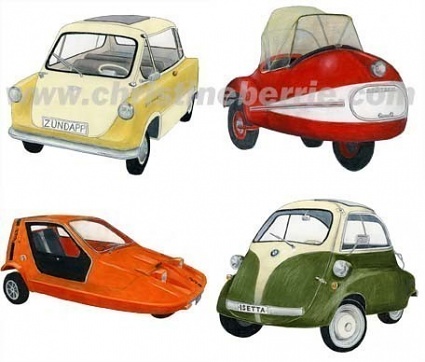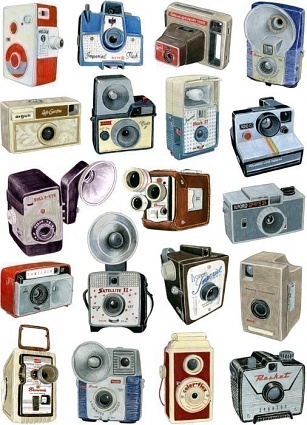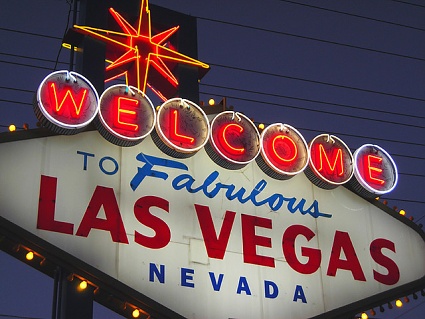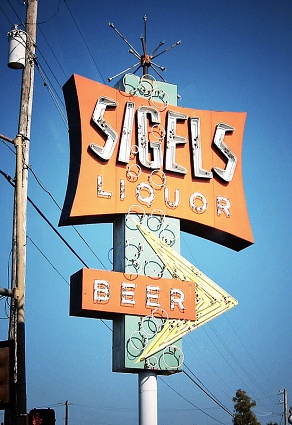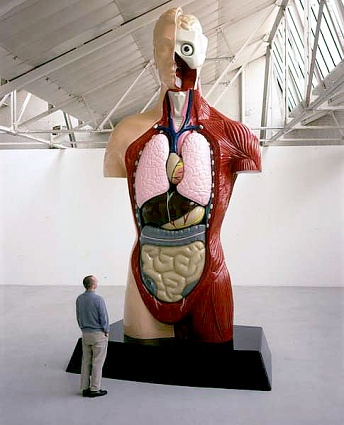Innovative photographer Troy Paiva, whose work I'm proud to say has appeared in both Weird Texas and Weird Arizona, has just announced a fresh redesign of his Web site Lost America: Night Photography of the Abandoned West.
Featuring an updated layout, the site now offers even more of Paiva's captivating images shot among the urban detritus of the American West, some of which have never been displayed before.
To celebrate the grand re-opening, he's also offering a limited-edition folio comprising 10 prints of his amazing and colorful night shots captured at California's Pearsonville Junkyard. Only 25 sets will be made, each signed and assembled in a hand-made slipcase.



